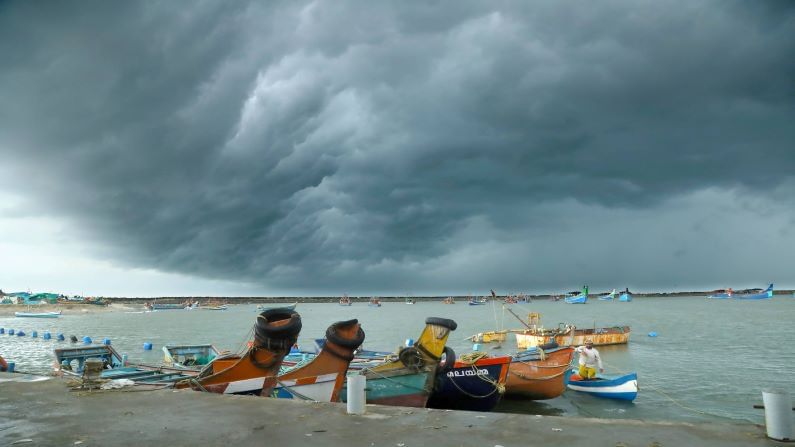Cylone Tauktae: How are cyclones named in different parts of the world?
The name 'Taukate' has been given by Myanmar, which means a species of lizard found in Myanmar

The Indian Meteorological Department (IMD) has termed Cyclone Tauktae, which originated from the Arabian Sea, as an extremely serious cyclone. The cyclone has created a high alert in Mumbai and is soon approaching the coast of Gujarat. More than 1.5 lakh people in Gujarat and Mumbai and have been shifted to safe places due to heavy rains.
But ever wondered how these tropical cyclones are named? This naming has a history and a process. For example, a devastating cyclone that had occurred in the past was named Katrina.
Cyclone Tauktae: What does the name mean?
The name ‘Cyclone taukate’ is given by Myanmar. Taukate is basically a species of lizard found in Myanmar.
The process of nomenclature
The tradition of naming cyclones was started many years ago. Its purpose is to quickly identify and issue warning messages. The naming makes it easy to identify these cyclones.
It helps the media to report and spread information related to the cyclone with more clarity and efficacy.
It will also become very complicated to share information on cyclones based on their latitude and longitude. In such a situation, the idea of giving them small and different names helps.
The World Meteorological Organization (WMO) assigns names to tropical cyclones.
The first cyclone named was from alphabet A, and one such storm was named Anne.
The original list only had names of cyclones after women’s names.
In the late 1900s storms were named after men.
Now, the list has been prepared in an inclusive way and has the name of the cyclone after both men and women.
The list of names is rotated, and the names used in the past may be assigned to the cyclones in the future.
The 2019 list will be used again in 2025.
Those names are not used again, which have had an extremely devastating impact and it is difficult to compare them with other hurricanes. In such a situation, the WMO meets and the names are changed.
Previous names
Some of such storms include Mangfoot (Philippines, 2018), Irma and Maria (Caribbean, 2017), Haiyan (Philippines, 2013), Sandy (USA, 2012), Katrina (USA, 2005), Mitch (Honduras, 1998) and Tracy (Darwin, 1974)